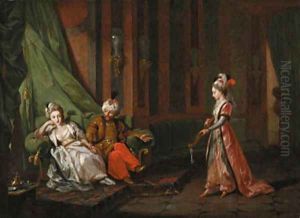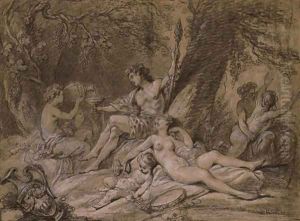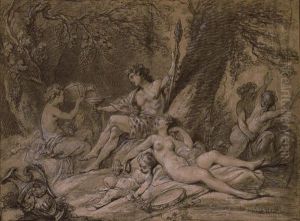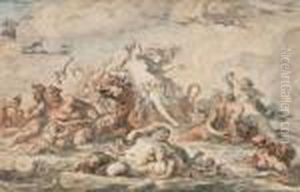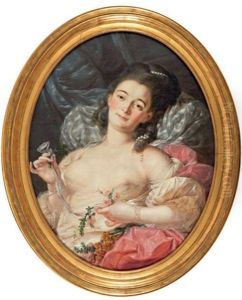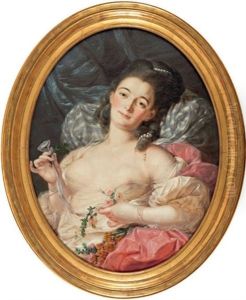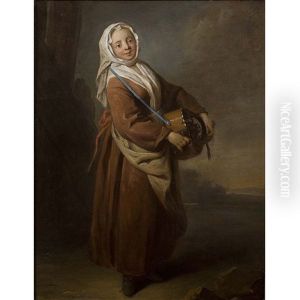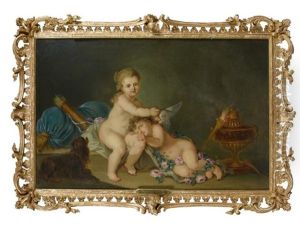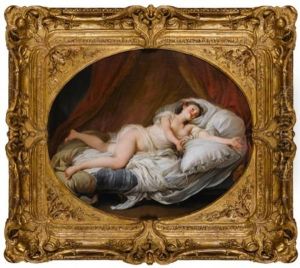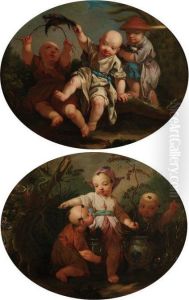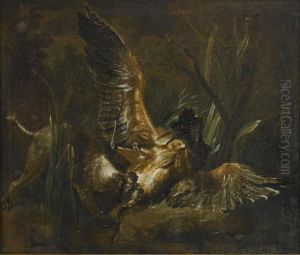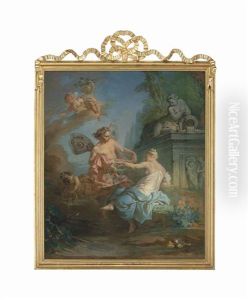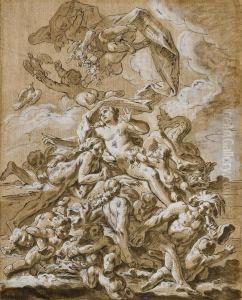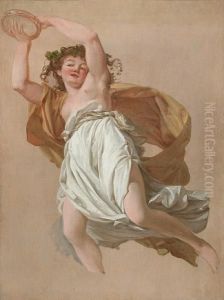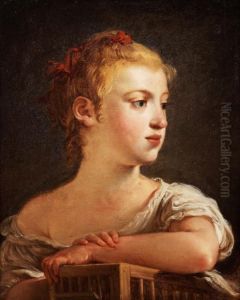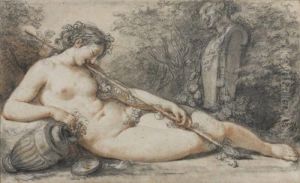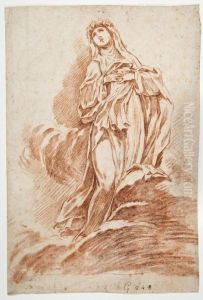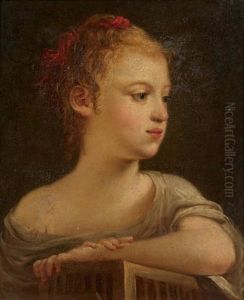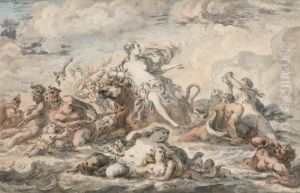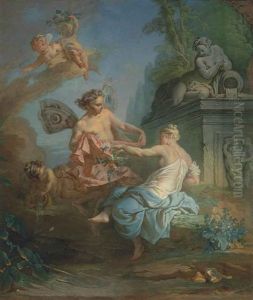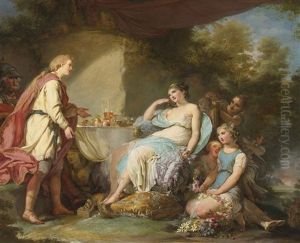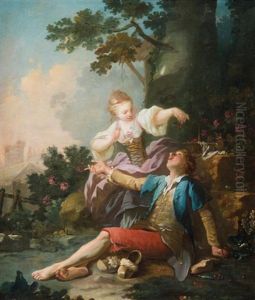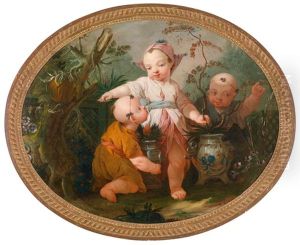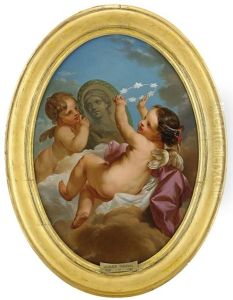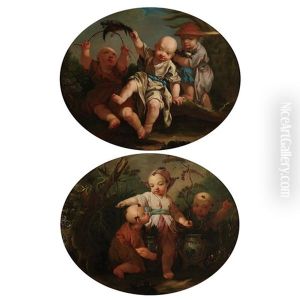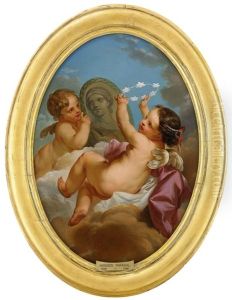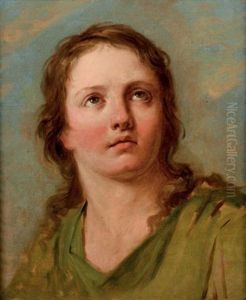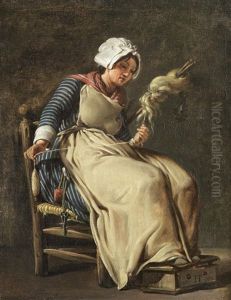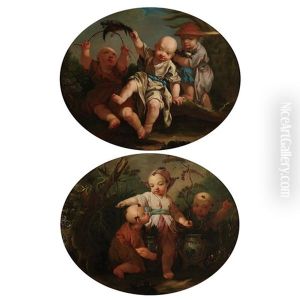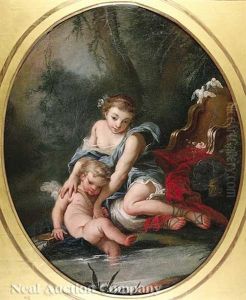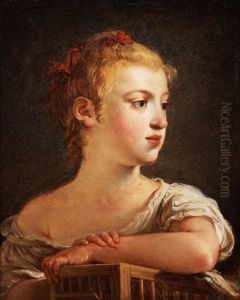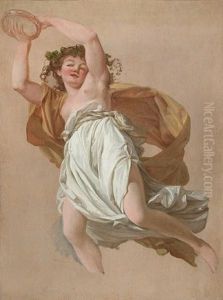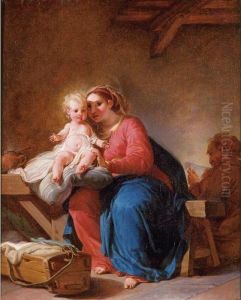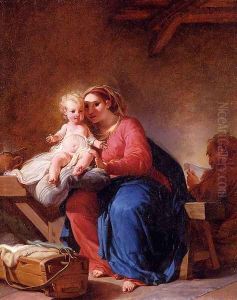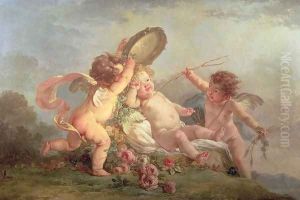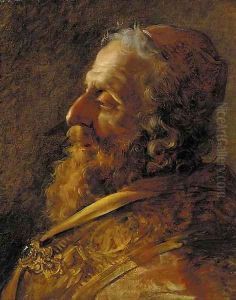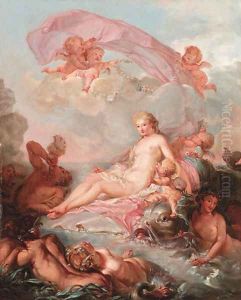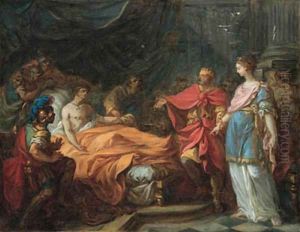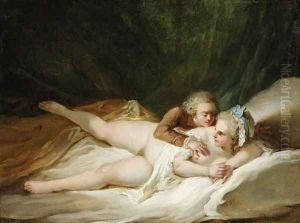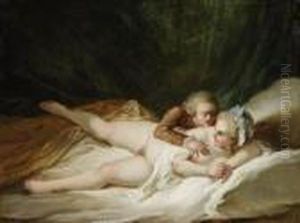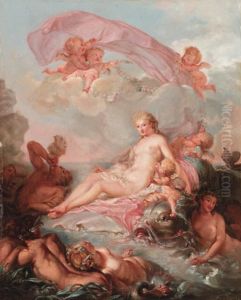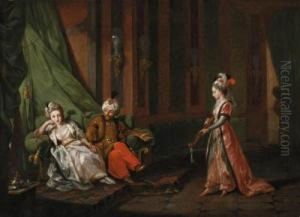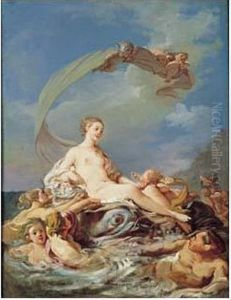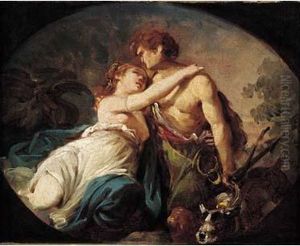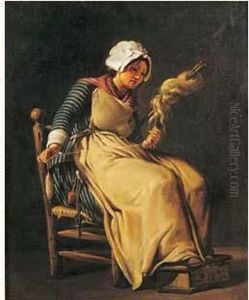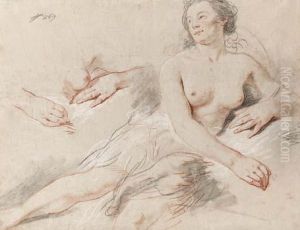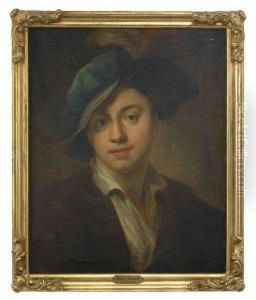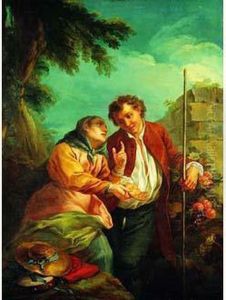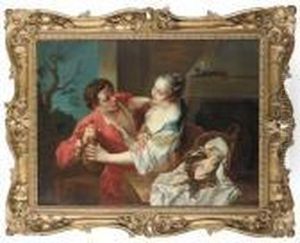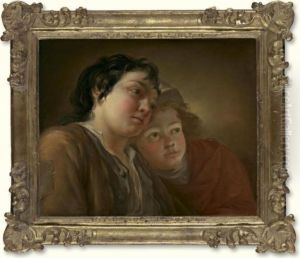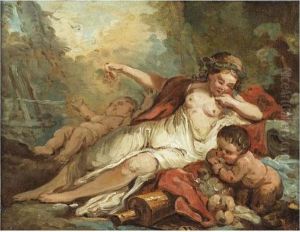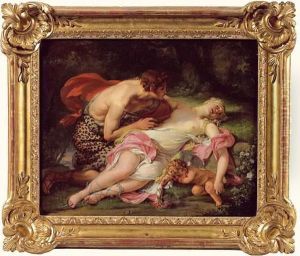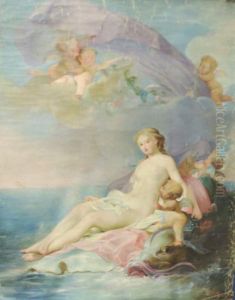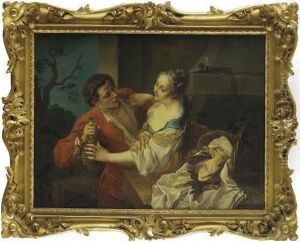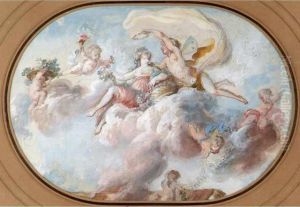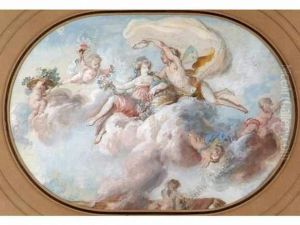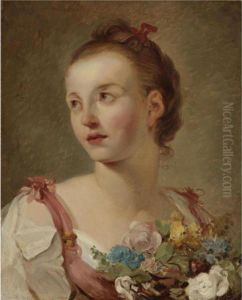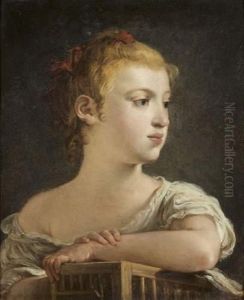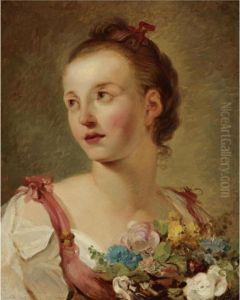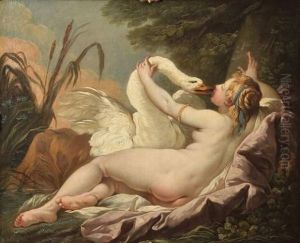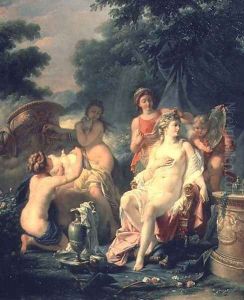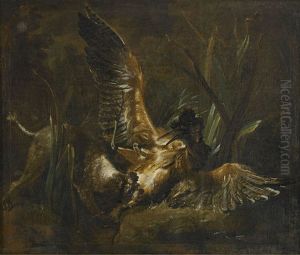Hugues Taraval Paintings
Hugues Taraval was a French painter born on March 27, 1729, in Stockholm, Sweden. He was the son of Guillaume Thomas Taraval, a painter and decorator who was also of French descent and worked at the Swedish court. Hugues moved to Paris with his father in 1732, where he was deeply influenced by the French artistic scene of the time.
Taraval trained under the tutelage of prominent history painter François Boucher, who was known for his Rococo style, filled with voluptuous forms and playful themes. Under Boucher's guidance, Taraval developed his skills, especially in history painting, which at the time was considered the most prestigious genre.
In 1756, Taraval won the Prix de Rome, an award that provided him the opportunity to study at the French Academy in Rome. His sojourn in Italy had a significant impact on his style, as he was exposed to the works of the Renaissance and ancient art, which greatly influenced his technique and subject matter.
Upon returning to France, Taraval became a member of the Royal Academy of Painting and Sculpture in 1769. He produced a number of important works, including his reception piece for the Academy, 'The Resurrection of Lazarus'. Taraval's works were characterized by their classical composition and often dealt with mythological or historical subjects.
Although Taraval never gained the same level of fame as some of his contemporaries, he was respected in his time and contributed to significant decorative projects for the French aristocracy and royalty. He worked on commissions for various churches and palaces, including the Palace of Versailles.
Hugues Taraval's career was also marked by his teaching; he was appointed as a professor at the Royal Academy, where he influenced a new generation of artists. He died in Paris on April 17, 1785. Today, his works can be found in several museums, and he is remembered as a skilled representative of the classical French painting tradition of the 18th century.
